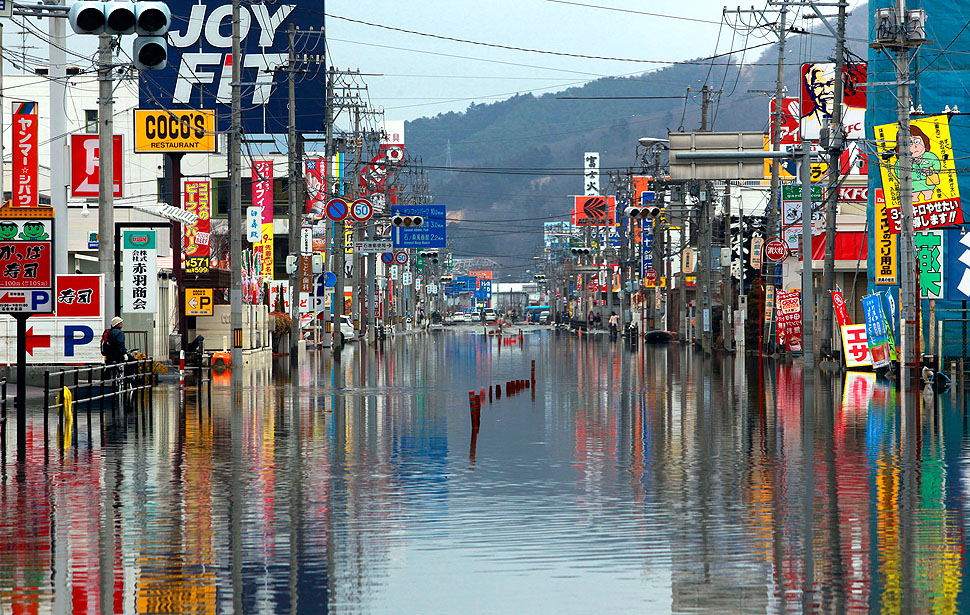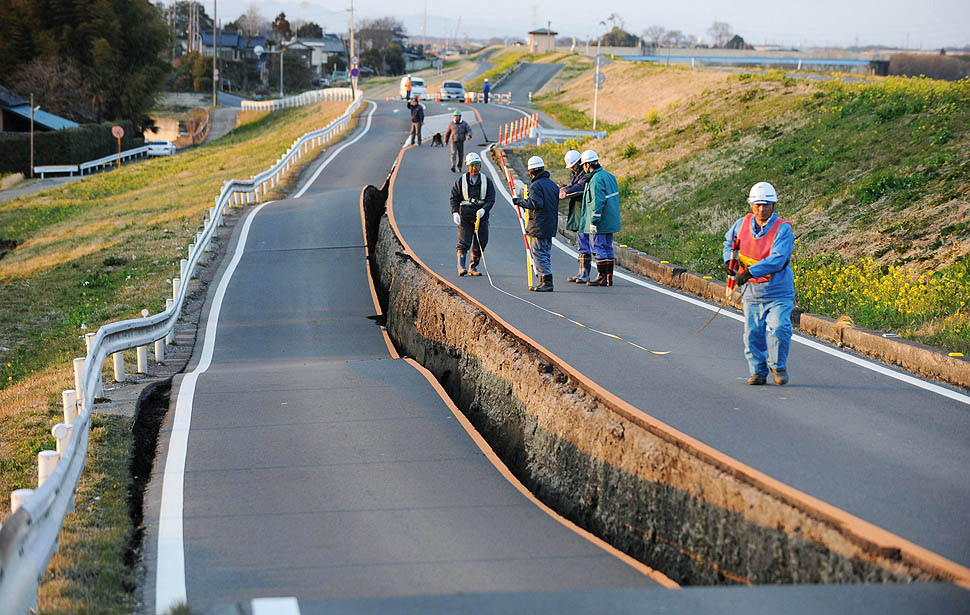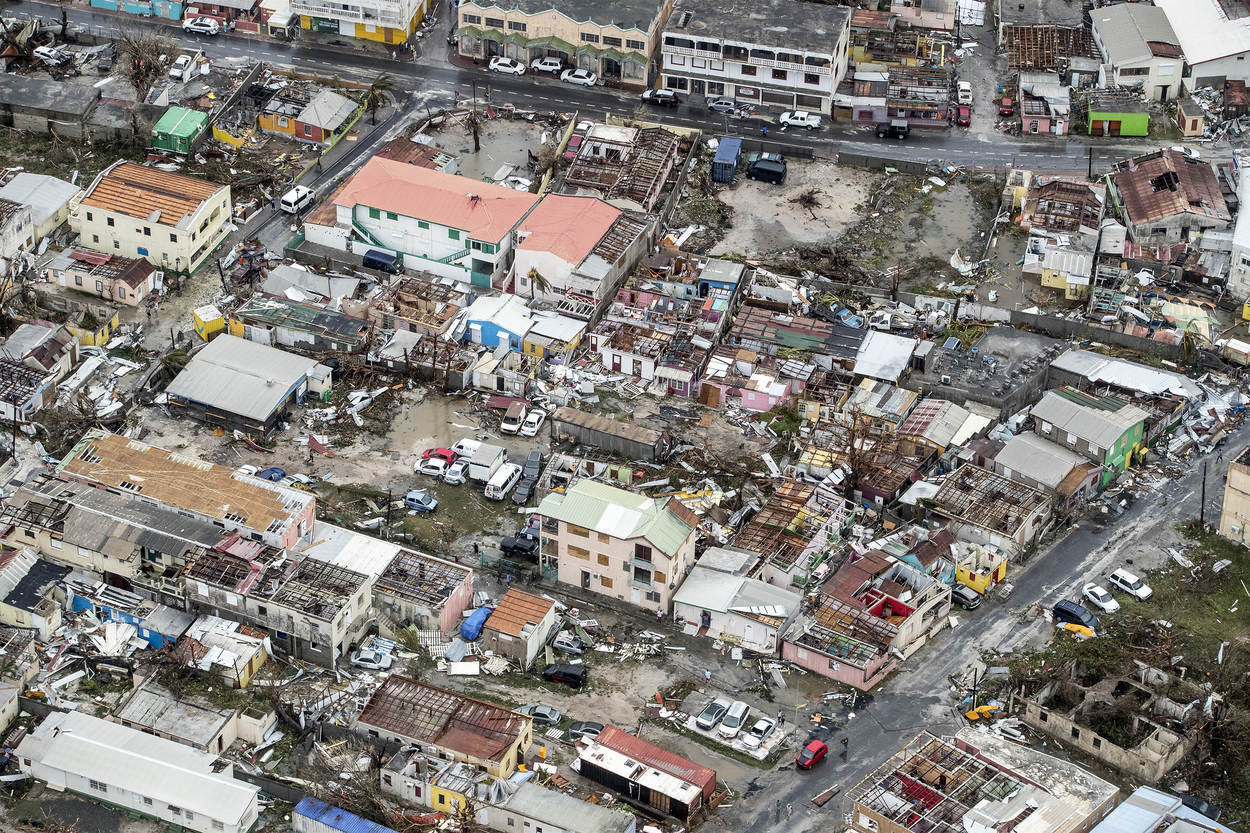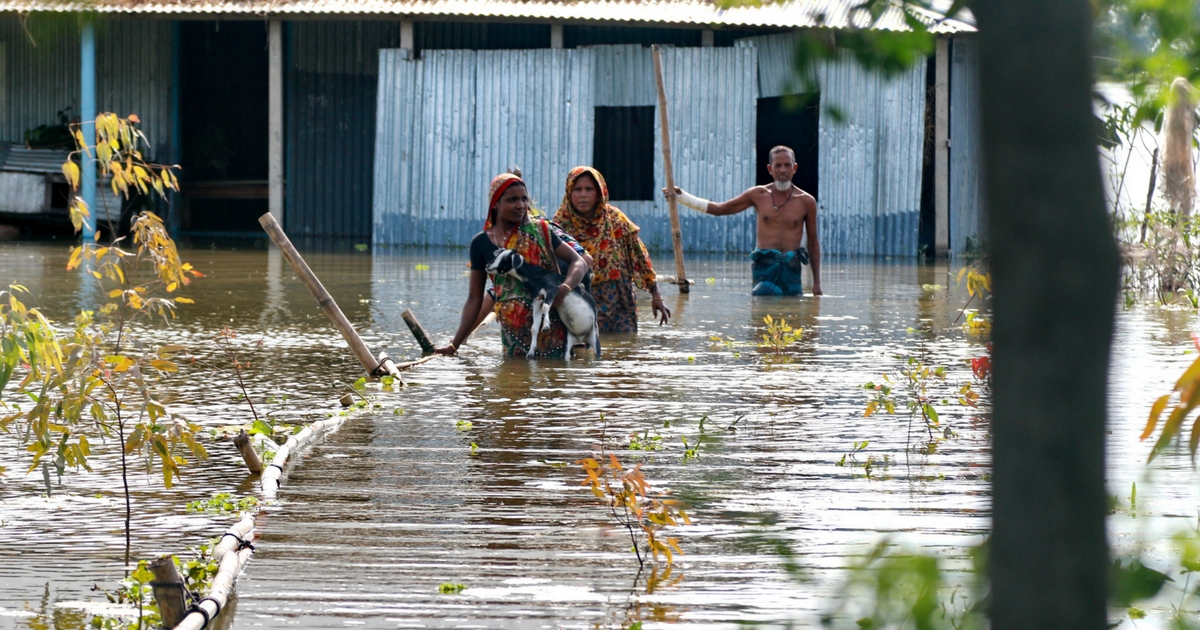Disasters & Conflicts: Japan. Seequake, 2011
The 2011 seaquake in Sendai is the most powerful ever to hit Japan. The force is enough to move the main island almost 2.4 metres!

Japan. Seequake, 2011
Country: Japan
Period: 11 March 2011
Type of disaster: Seaquake and tsunami
Disaster: The seaquake in Japan hits millions of people and leads to a new discussion about nuclear power around the world
Estimated number of victims: Over 15,000 deaths, 11,000 people missing and almost 6,000 wounded
The 2011 seaquake in Sendai is the most powerful ever to hit Japan. The force is enough to move the main island almost 2.4 metres! It also shifts the earth on its axis by 10 centimetres. The seaquake takes place some 130 kilometres to the east of Sendai. It is caused by the Pacific Plate sliding under the North American Plate and the Philippine Sea Plate, 22 kilometres below the seabed. It triggers a tsunami that at some points along the coast reaches a height of 15 metres. Almost 15,000 people do not survive the disaster, and a further 11,000 are still missing. Some 168 aftershocks are felt in the first 24 hours after the earthquake. Items originating in Japan are later found on the coast of Canada.
Sometimes a disaster provokes a whole new discussion. That happens on this occasion after tidal waves measuring 10 metres in height wash over the Fukushima nuclear power plant, 80 kilometres from Sendai. Explosions and a meltdown in the reactors occur because the generators for cooling the plant are flooded. Radioactive material is released and storage tanks leak. According to some organisations, about 300 tons of radioactive water flow into the sea every day two and a half years later. Normal life and the cultivation of crops are impossible in the region, and thousands of inhabitants are evacuated. Intense discussions about nuclear power are triggered, particularly in Europe. Switzerland and Germany decide to stop producing nuclear energy. All 17 nuclear power plants in Germany are set to close.



















